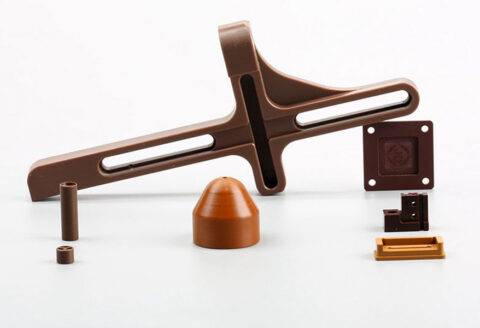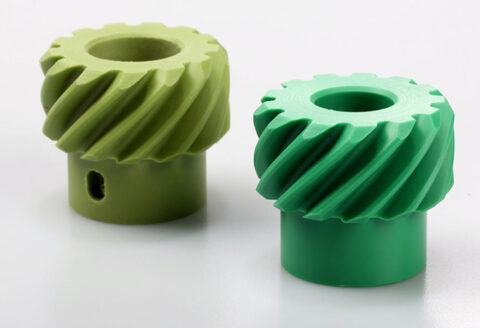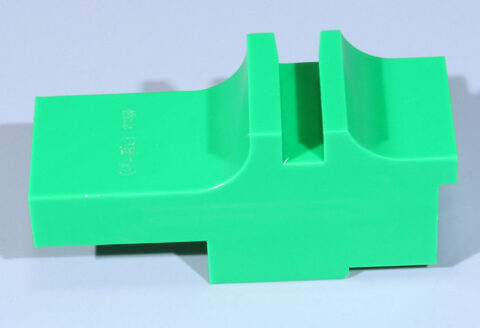CNC machining and 3D printing are both processing technologies that have received much attention in recent years. CNC is subtractive manufacturing and 3D printing is additive manufacturing. Although these two processing technologies are very different at the production level, they are both used in production. Before the product model is used for verification, how should companies choose between the two mature model production processes, 3D printing and CNC processing, if they want to make prototypes?
1. The difference in process principle
- 3D printing is an additive manufacturing technology. The printed products are stacked on a flat surface, layer by layer;
- CNC machining is a subtractive manufacturing technology. The raw material is a single piece of plate. According to the characteristics of the product, the plate is processed to carve out the excess material.
- To manufacture the same object, 3D printing wastes less material. This technology only needs to accumulate materials on the part of the printed product, and there is no waste of other parts.
- In CNC machining, the excess sheet material needs to be removed and the removed part is usually not recycled.
2. Different processing materials
CNC processing is mainly based on square plates, which are divided into CNC plastic processing and CNC metal processing. CNC processing has more than 20 years of experience in China, and the technology is relatively mature. Materials that can be applied to CNC processing are more common than 3D printing technology.
The 3D printing materials need to be divided by specific 3D printing technology. For example, the SLA technology materials in PTJ Shop 3D printing are mostly resin; SLS technology materials are wax powder and plastic powder; FDM materials are generally thermoplastic materials, such as wax , ABS, nylon, etc., covering most of the types of products on the market with filamentary feeding.
3. The difference in the structure of the processing model
The 3D printed materials are superimposed layer by layer. 3D printing can process complex curved surfaces and structurally replicated parts, forming one time. When CNC machining encounters parts with complex curved surfaces and heterogeneous structures, it needs to be programmed multiple times, disassembled and processed, and later pasted with chemical glue, which affects the overall performance consistency of the model.
Because CNC machining relies on the continuous rotation of the gong and the knife to remove the excess material, when making complex curved surfaces and heterogeneous structure models, manual tools and fixtures need to be replaced to complete, which has a large impact on the loss of accuracy, and some thin and small samples cannot carry out. And because the gong knife is round, it can’t make a 90-degree right angle, so models with right or bevel angles can’t be processed.
However, CNC processing is an open processing environment, and manual intervention has a large proportion. It is necessary to manually turn the plate over, and the size of the molding is larger than that of 3D printing. For relatively large-scale, relatively simple structure, CNC machining has an advantage.
4. The difference between processing speed and cost
3D printing can process multiple parts at one time, directly import 3D data maps, and generate data through calculations. Computer data can be directly transmitted to the machine for printing. During this period, no personnel is required to operate, only the operating room is constant temperature and humidity throughout the day.
The drawings processed by CNC need to be recognized by humans and the processing programs are written. Because of the long programming time and only one part can be processed at a time, the operator needs to replace the fixture design during the processing. The processing time and labor cost are 2-3 times that of 3D printing.
3D printing can easily produce complex structural models; CNC is more advantageous in material selection and large-scale model production. The two processing methods are complementary to each other.


